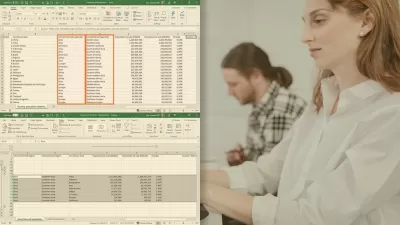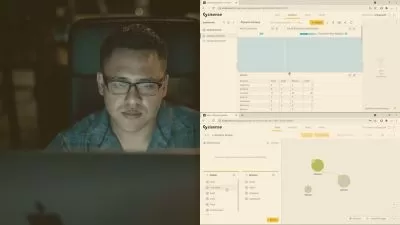Analyzing Data Visualization Requirements
Chris Achard
3:00:57
Description
Being able to create visualizations is a powerful skill that you can learn. This course teaches you how to analyze your dataset and requirements, and how to adjust your visualization to create the most impactful visualization possible.
What You'll Learn?
At the core of creating meaningful data visualizations is a thorough knowledge of understanding your data and your visualization requirements. In this course, Analyzing Data Visualization Requirements, you’ll learn how to prepare to build data visualizations. First, you’ll learn how to distinguish different types of data. Next, you’ll discover how to use visualizations to explore a dataset, or explain a point. Finally, you’ll examine how to adapt a visualization for a specific audience and medium. When you’re finished with this course, you’ll have a foundational knowledge of data visualizations that will help you as you move forward to create visualizations for your own datasets.
More details
User Reviews
Rating
Chris Achard
Instructor's Courses
Pluralsight
View courses Pluralsight- language english
- Training sessions 48
- duration 3:00:57
- level preliminary
- Release Date 2023/10/10















